Wondering if a trap bar can make your deadlifts better? Using a trap bar for deadlift can improve your form and reduce back strain. This article will dive into the mechanics, benefits, and tips to help you master trap bar for deadlifts.
Key Takeaways
-
Master your trap bar deadlift form by focusing on foot position, hip placement, and spinal alignment to enhance strength and prevent injuries.
-
Understand the unique mechanics of the trap bar, which promote a neutral grip and central weight distribution, allowing for comfortable lifting and reduced strain.
-
Integrate trap bar deadlifts into your routine by starting with foundational reps, gradually increasing weights, and exploring various exercises for a well-rounded strength program.
Perfecting Your Trap Bar Deadlift Form

A solid foundation in form is key to gaining the benefits of trap bar deadlifts while minimizing injury risk. Begin by positioning your feet hip-width apart, with toes slightly pointed outward to create stability. This stance allows you to harness the power of your lower body for an effective lift.
Next, adjust your hip placement. Keep your hips lower than your shoulders to maximize leg drive and lift effectiveness. Elevate your chest and keep your back flat to maintain proper form, ensuring your spine remains in a neutral position.
Engage your lats by spreading your shoulder blades and rotating your elbows backward while gripping the handles. This technique enhances stability and reduces back strain.
Take a deep diaphragmatic breath before lifting to create intra-abdominal pressure, aiding spinal support and stability. As you lift, squeeze your glutes and thrust your hips forward to lock out the lift, ensuring a powerful and controlled finish.
Understanding Trap Bar Mechanics
The unique design of the trap bar sets it apart from the traditional barbell and straight bars. Its hexagonal shape allows you to step inside the bar and position the weight around your body rather than in front, altering the lift mechanics for increased comfort and accessibility.
A key advantage of the trap bar is its grip position. While straight bar deadlifts place the grip in front, the trap bar allows for a neutral grip with hands at your sides, reducing shoulder and wrist strain and making it easier to maintain proper form.
The REP Open Trap Bar, for example, focuses on aligning the weight with your center of gravity, which enhances balance and power generation during the lift. This central alignment helps distribute the load evenly, reducing the risk of injury and allowing you to lift heavier weights more comfortably. Understanding these mechanics helps you optimize your lifting technique and maximize the benefits of trap bar deadlifts.
Creating Tension and Stability
Creating tension and stability is fundamental to a successful trap bar deadlift. Ensure your head is in a neutral position to maintain spinal alignment and avoid neck strain. Keeping your hips lower than your shoulders helps ensure correct posture for the lift.
Align your shins with the center of the trap bar to support a neutral spine and balance. Avoid dropping your arms during setup to maintain back position, prevent hip raising, and keep tension. Keep your arms straight and elbows unbent to maintain full-body tension.
Maintaining a neutral head position and straight arms helps manage tension throughout the lift, enhancing stability and ensuring effective muscle engagement for a powerful and controlled deadlift.
The Descent: Lowering with Control
Lowering the trap bar with control is as important as lifting it. A controlled descent engages target muscles effectively and reduces injury risk by maintaining balance and control. Slow lowering helps focus on form and proper muscle use.
Maintain a straight spinal line as you bring the trap bar down to protect your back. Bend your knees to drop your hips effectively at the end of the descent for a smooth and controlled movement.
Mastering the descent allows you to complete the lift safely and prepare confidently for your next repetition.
Choosing Between High and Low Handles
Choosing the right handle height for your trap bar deadlifts can significantly influence lifting biomechanics. Low handles engage more hip musculature, ideal for targeting hip extension, but may place additional strain on the back, requiring careful form.
Handle height impacts comfort and overall lifting experience. High handles benefit those with limited hip range of motion, maintaining proper spinal position while lifting. This is useful for beginners or those with mobility issues, reducing the required range of motion.
Ultimately, choose between high and low handles based on your biomechanics, training goals, and comfort. Experiment with both to determine which handle height best suits your needs for safe and effective performance.
Comparing Trap Bars and Straight Bars for Deadlifting

When comparing trap bars and straight bars for deadlifting, consider differences in muscle engagement, flexibility, and ease of use. Both engage the primary muscles—hamstrings, glutes, quads, back, and abs. However, trap bars enable higher peak knee moments, enhancing quadriceps engagement and flexibility.
The trap bar’s design allows for greater knee range of motion while maintaining hip involvement, making it easier to master. The neutral grip reduces shoulder and wrist strain, enhancing comfort. Additionally, it minimizes spinal flexion and hyperextension, decreasing injury risk.
Research shows lifters can typically lift more weight with a trap bar than a straight bar due to its design. This ability to handle heavier weights benefits strength training. However, the trap bar deadlift is not used in competitive powerlifting. Understanding these differences helps you decide which bar suits your training goals.
Common Mistakes to Avoid in Trap Bar Deadlifting
Avoiding common mistakes in trap bar deadlifting is crucial for maximizing performance and preventing injuries. One significant error is starting with hips higher than shoulders, compromising effectiveness. Proper hip placement ensures correct muscle engagement and balance throughout the lift.
Improper hand placement can lead to grip balance issues, causing uneven lifting and affecting overall performance. To maintain tension, keep your arms straight and elbows unbent. Focusing on these aspects helps avoid common pitfalls and ensures safe, effective trap bar deadlifts.
Who Should Incorporate Trap Bar Deadlifts
Trap bar deadlifts benefit a wide range of individuals, from beginners to seasoned athletes. Those experiencing discomfort or injury with straight bar deadlifts can switch to the straight bar deadlift to alleviate strain. The neutral grip and central weight distribution offer a more comfortable option.
Athletes with limited hip range of motion may find trap bar deadlifts advantageous, as high handles offer a more comfortable position. This feature also reduces the range of motion needed, benefiting beginners or those with mobility issues.
Bodybuilders and strength athletes can benefit from incorporating trap bar deadlifts and barbell deadlift into their training. The exercise targets multiple muscle groups—hamstrings, glutes, quads, back, and abs—making it an effective addition to any strength program.
Integrating Trap Bar Deadlifts into Your Routine
Integrating trap bar deadlifts into your routine can enhance overall strength and performance. Beginners should start with four sets of eight to ten reps, allowing them to build a solid foundation in form and technique before progressing to heavier weights.
As you become more comfortable, gradually increase weights to continue progress. Advanced lifters should focus on increasing weight while maintaining good form for continued improvement. Incorporating trap bar deadlifts twice a week can provide optimal benefits without overtraining.
Varying your rep ranges can also be beneficial; lower reps with heavier weights focus on strength, while higher reps with lighter weights build endurance. Experimenting with different rep schemes and frequencies helps find the optimal approach for integrating trap bar deadlifts into your routine.
Benefits of Trap Bar Deadlifts for Athletic Performance

Trap bar deadlifts offer numerous benefits for athletic performance. They permit higher power output and velocity compared to barbell deadlifts, making them beneficial for athletes looking to improve explosive strength. Research indicates that trap bar deadlifts can produce greater power and peak velocity than conventional deadlifts, enhancing overall performance.
Incorporating trap bar deadlifts into your routine can engage multiple muscle groups—legs, back, and core—providing a comprehensive workout. This exercise serves as an effective benchmark for assessing lower-body strength among athletes, as cheating in form is difficult. Adding trap bar deadlifts to your training enhances your lifting routine and boosts athletic performance.
Drawbacks and Considerations
While trap bar deadlifts offer many benefits, there are some drawbacks and considerations. They help reduce stress on the lower back compared to standard deadlifts, decreasing injury risk. However, they may not provide the specific training required for competition lifts, making them less relevant for athletes focused on competition-specific training.
Additionally, many standard trap bars have handle widths that may not suit smaller individuals, potentially causing discomfort. Choose a trap bar that fits your body size and training needs to ensure a comfortable and effective lifting experience.
Additional Exercises with Trap Bars
The versatility of trap bars extends beyond deadlifts, enabling a wide range of exercises to enhance various physical attributes. Its central load distribution allows use for squats, lunges, and presses, providing a comprehensive workout for multiple muscle groups.
Farmers walks can also be effectively performed with a trap bar, offering a full-body workout focused on grip strength and stability. Additionally, shrugs using a trap bar target the upper trapezius muscles, enhancing shoulder strength and posture.
Incorporating these exercises into your routine maximizes training versatility and effectiveness, helping you achieve fitness goals more efficiently.
Summary
In conclusion, mastering the trap bar deadlift can unlock new levels of strength, stability, and power in your lifting routine. By understanding the mechanics, perfecting your form, and integrating the exercise into your training, you can achieve impressive results while minimizing the risk of injury.
Whether you’re a beginner or an experienced lifter, the trap bar deadlift offers a versatile and effective way to enhance your overall strength and athletic performance. So, take the knowledge you’ve gained from this guide and start incorporating trap bar deadlifts into your routine today.
Frequently Asked Questions
What are the main benefits of trap bar deadlifts?
Trap bar deadlifts are fantastic for reducing lower back strain while allowing you to lift heavier weights and engage your legs, back, and core. Incorporating them into your routine will elevate your strength training to new heights!
How do trap bar deadlifts compare to straight bar deadlifts?
Trap bar deadlifts are a fantastic choice if you want to engage your quadriceps more and reduce stress on your spine, plus you can often lift heavier weights. Embrace the trap bar for a safer and potentially more effective lift!
Who should consider incorporating trap bar deadlifts into their routine?
If you experience discomfort with traditional deadlifts, are a beginner, have limited hip mobility, or are an athlete, trap bar deadlifts can enhance your training routine. Make the switch to unlock better form and strength today!
How often should I perform trap bar deadlifts?
Perform trap bar deadlifts once or twice a week for the best results without risking overtraining. Tailor your frequency to fit your specific goals and recovery capabilities!
What other exercises can I perform with a trap bar?
You can achieve a well-rounded workout by using the trap bar for squats, lunges, presses, farmer's walks, and shrugs. Embrace this versatile tool and elevate your strength training routine!


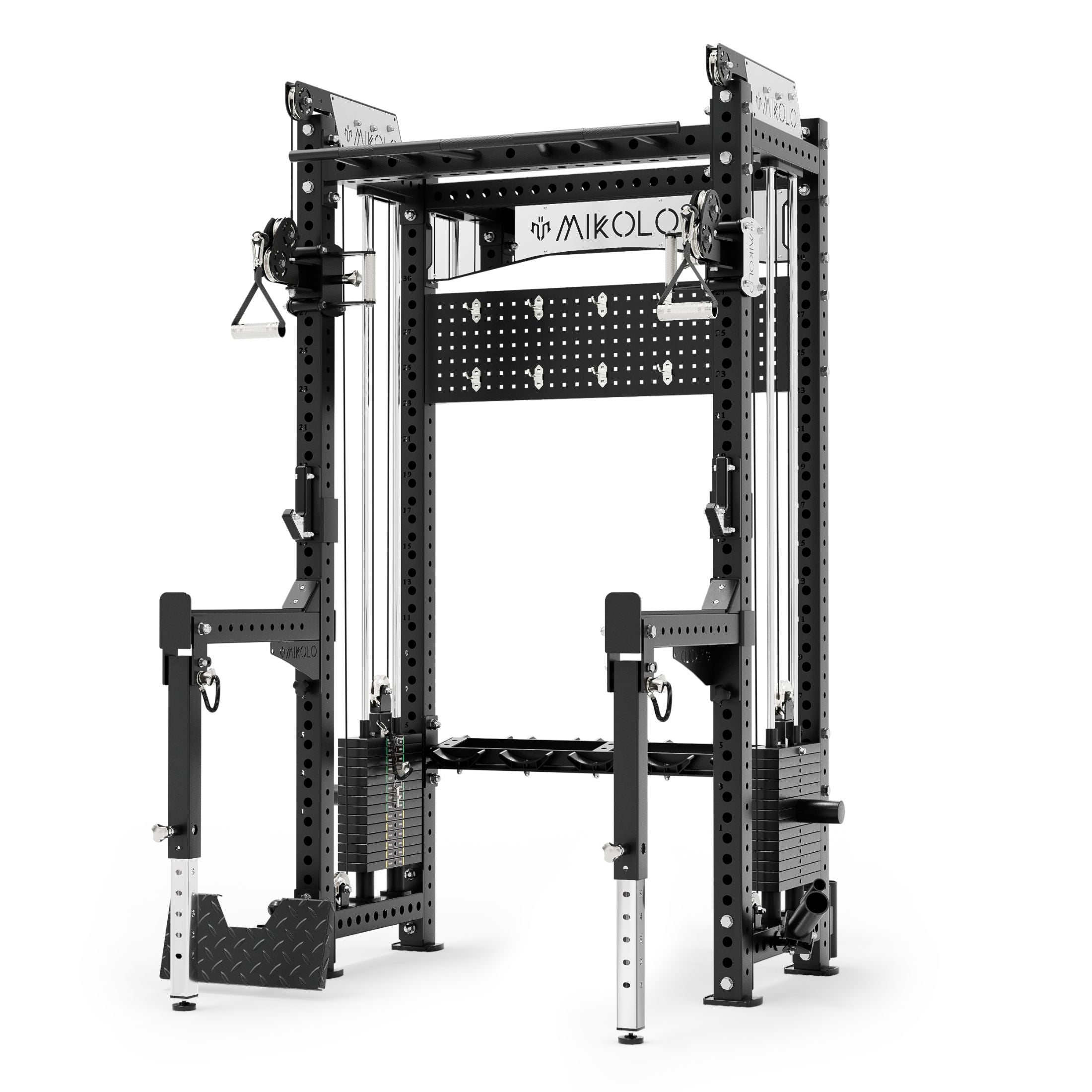




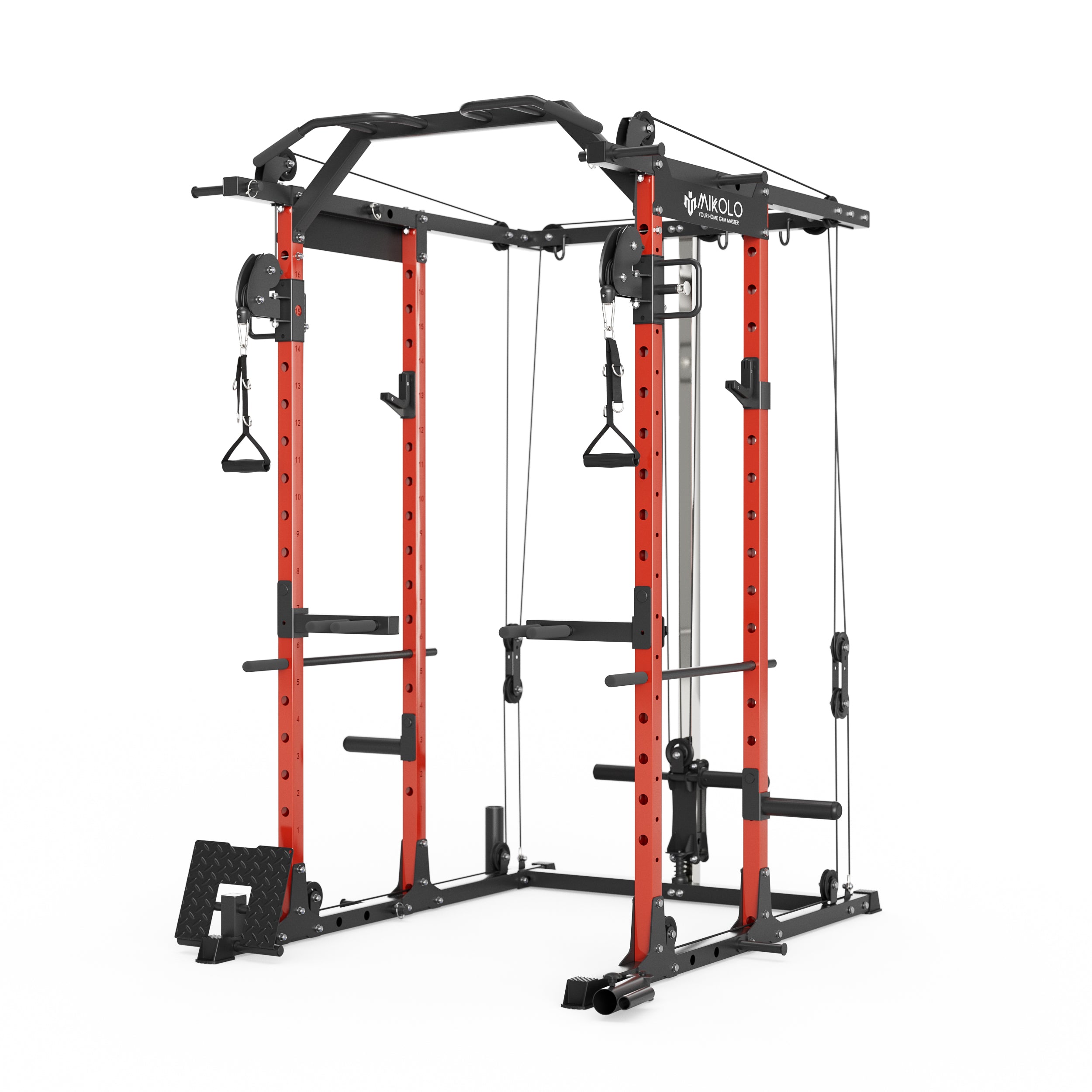
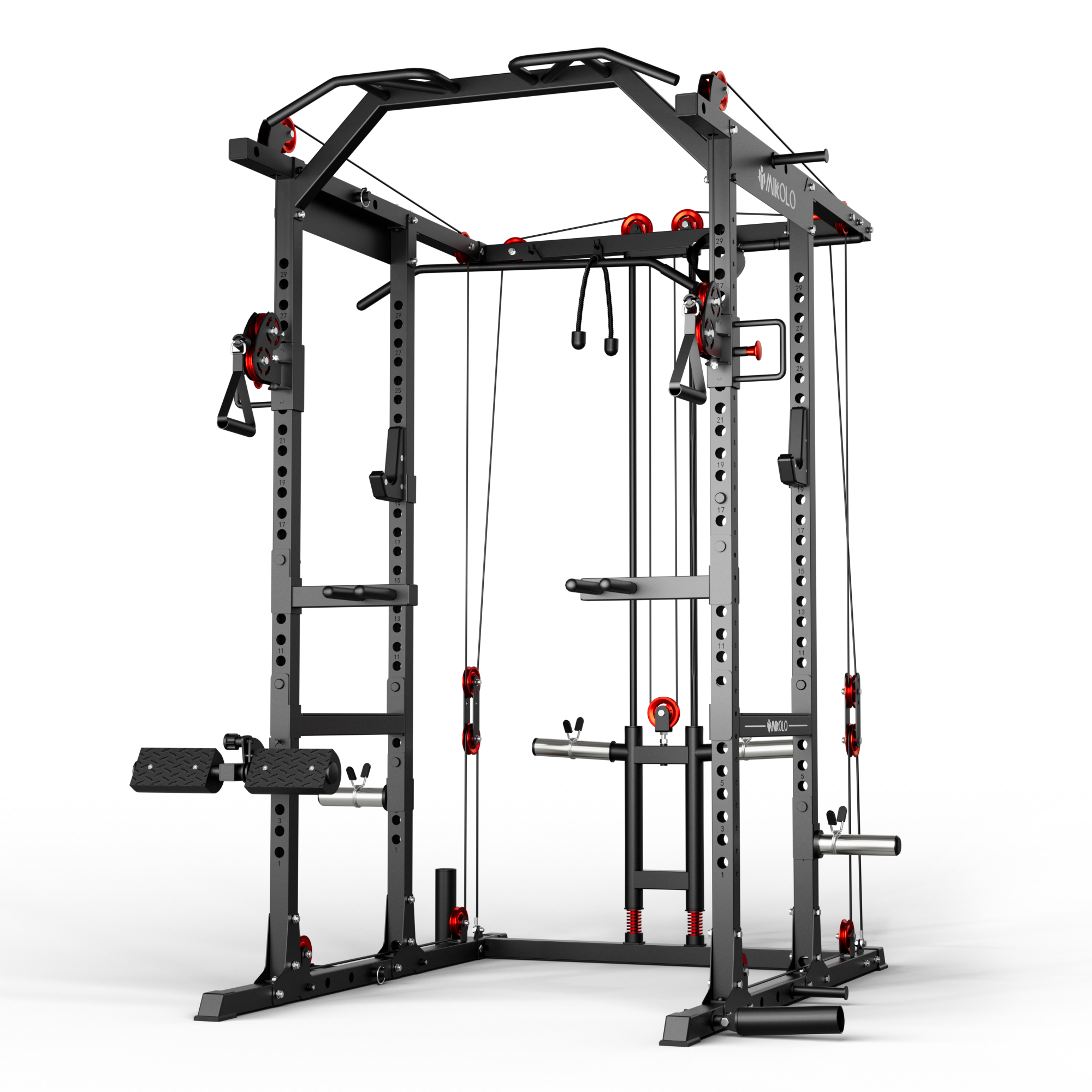

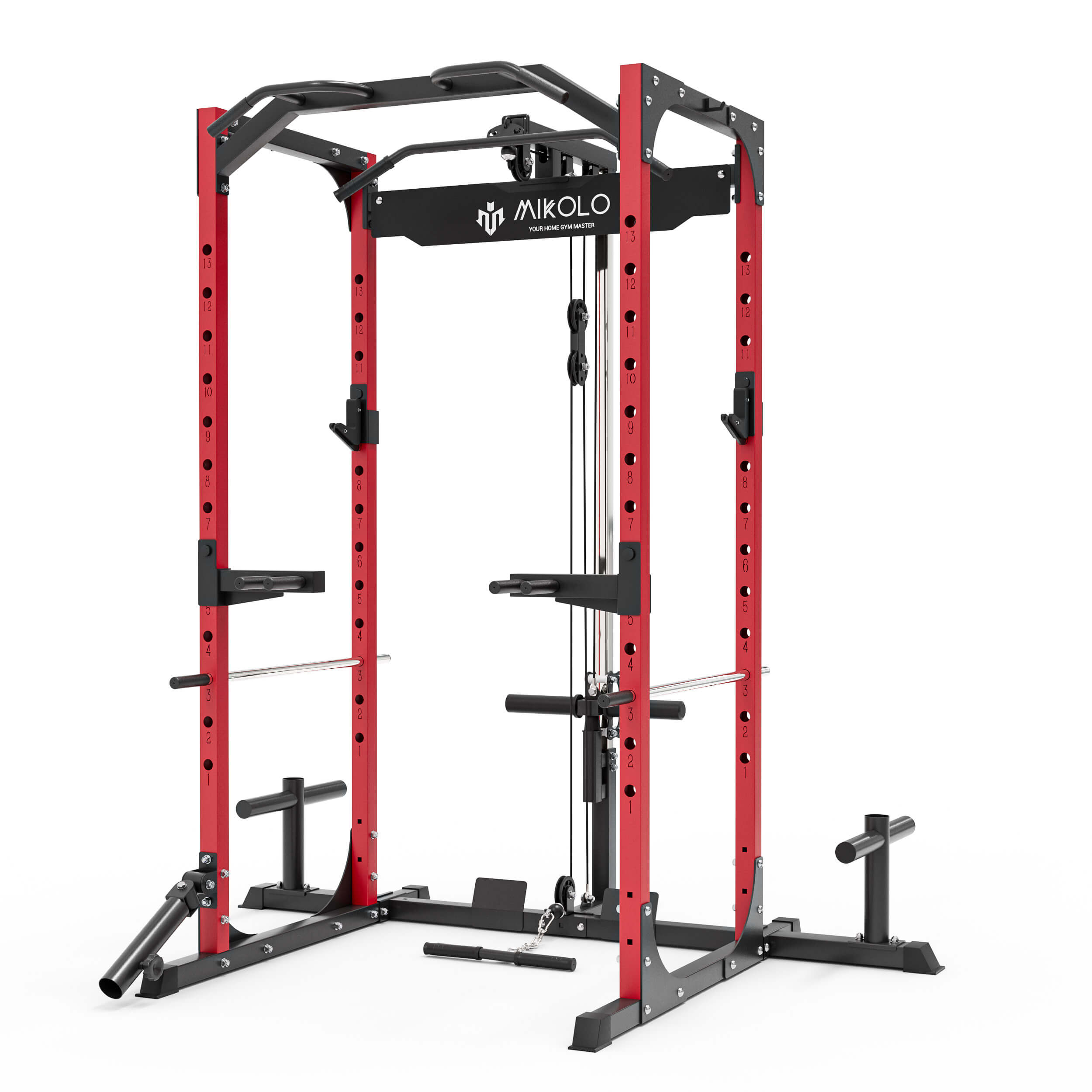



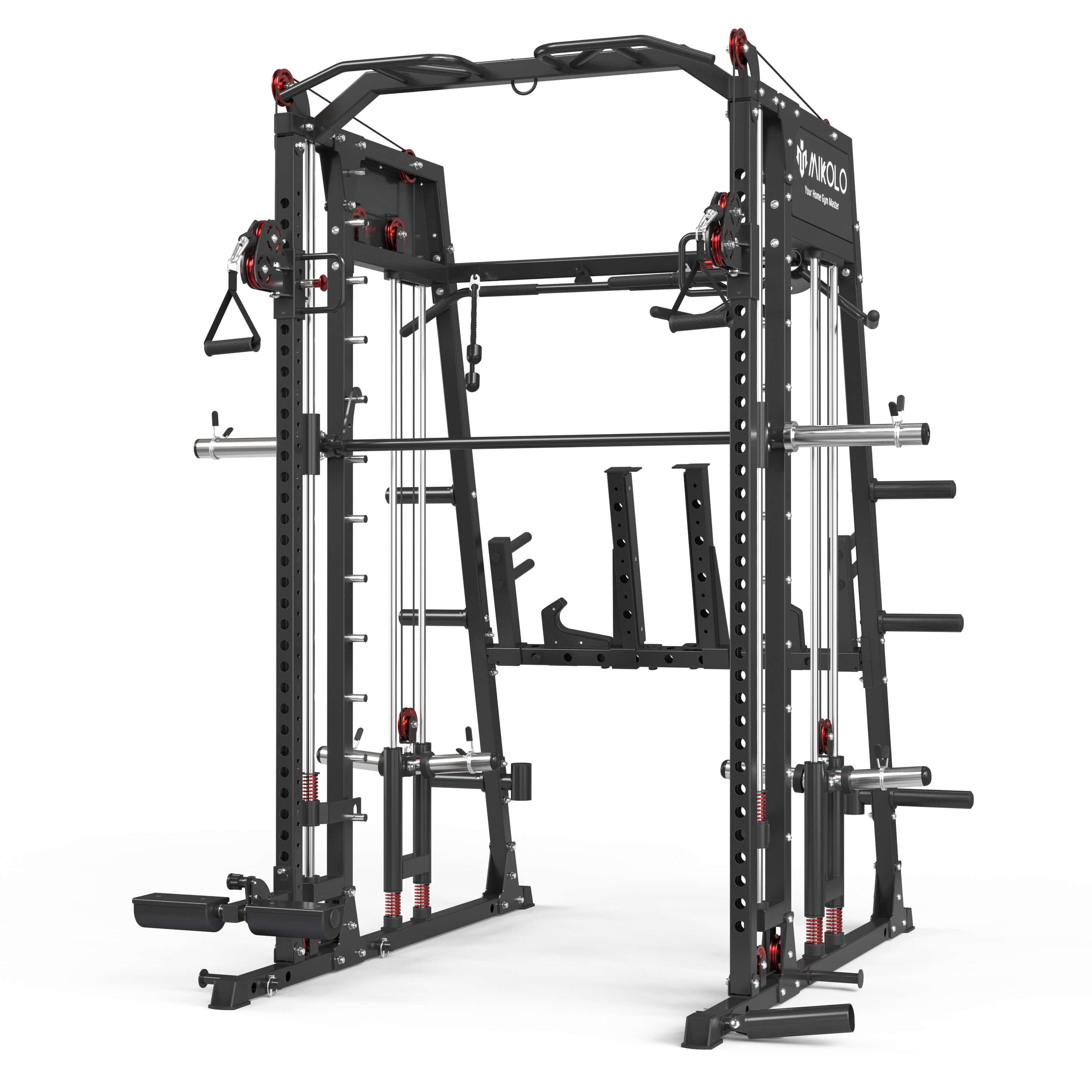


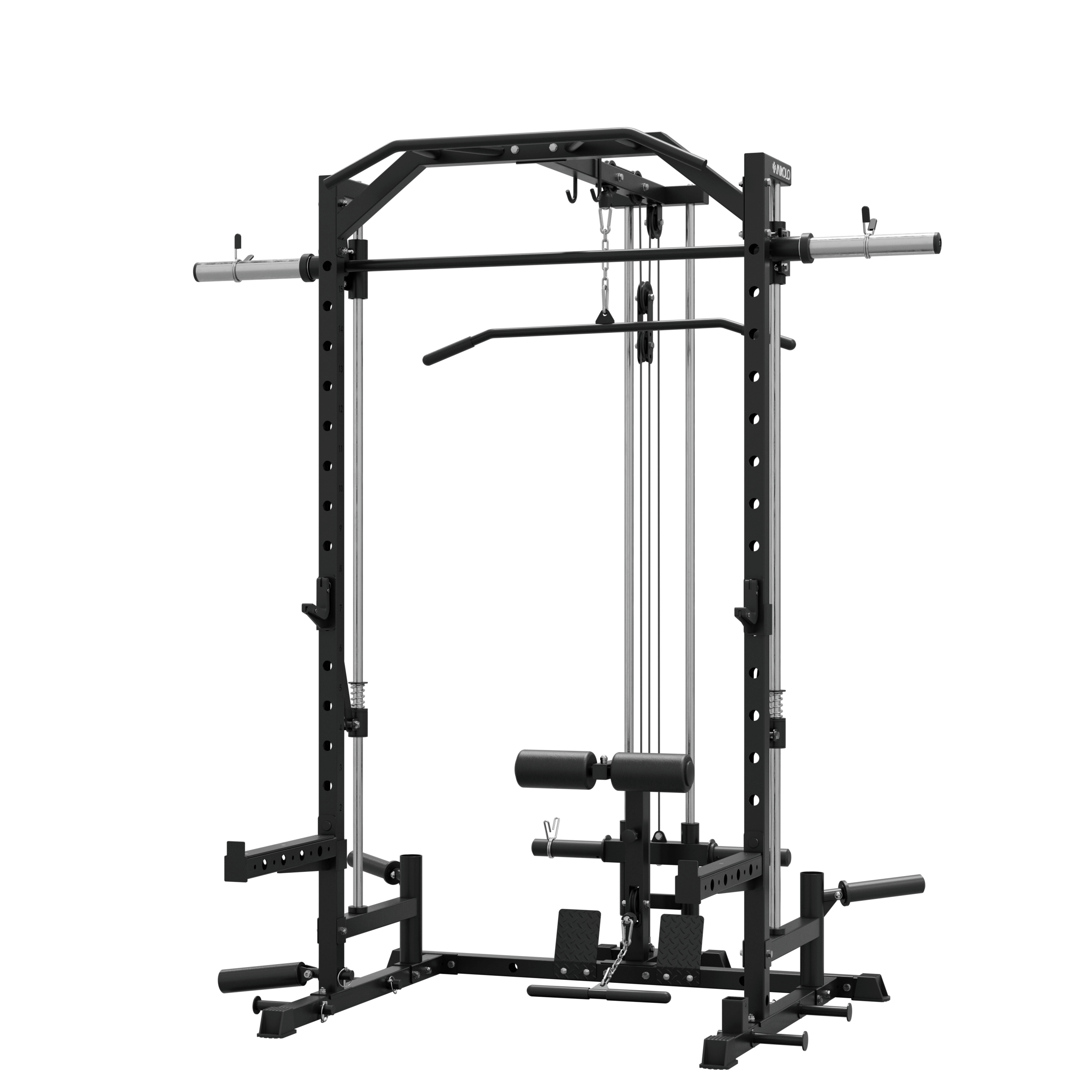
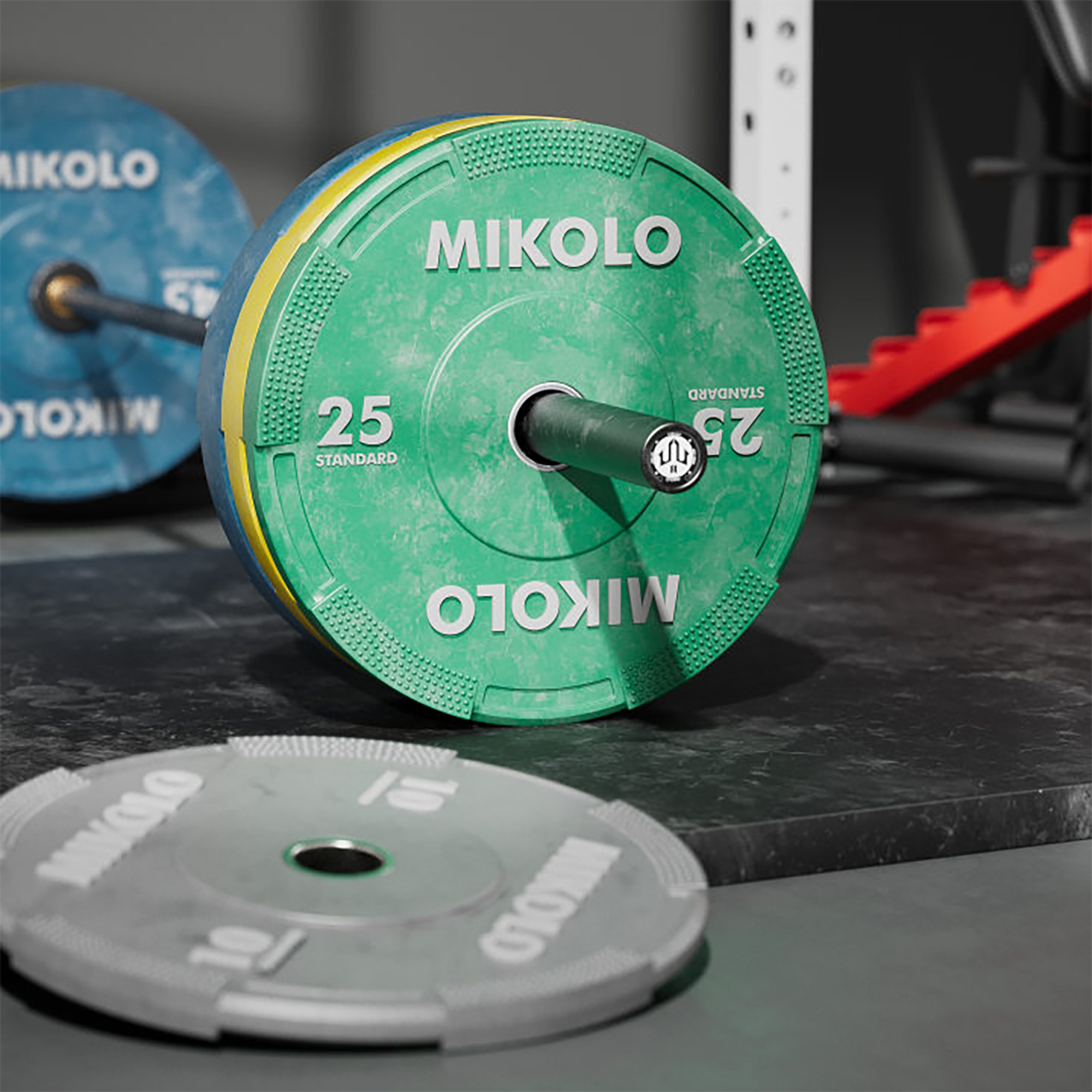






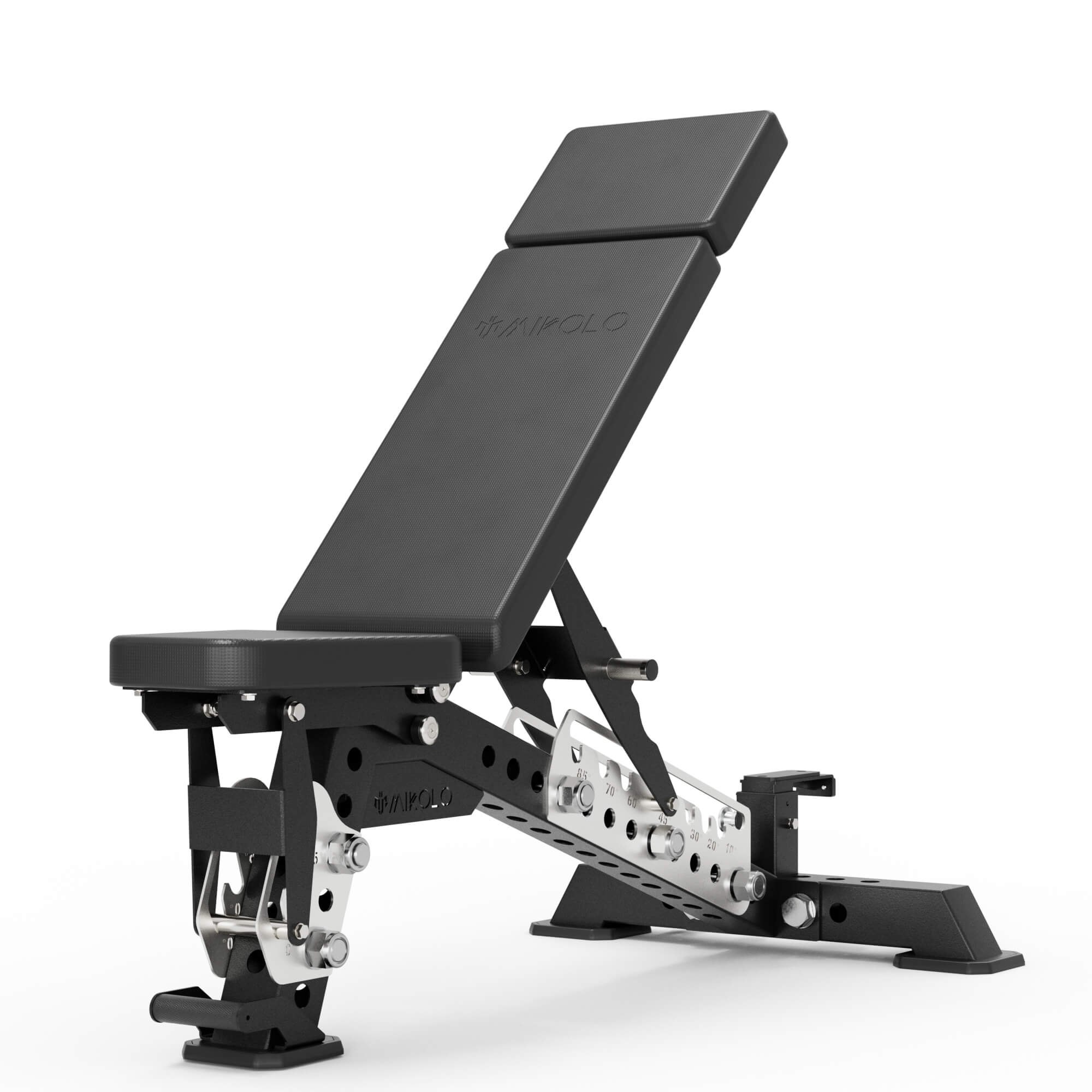
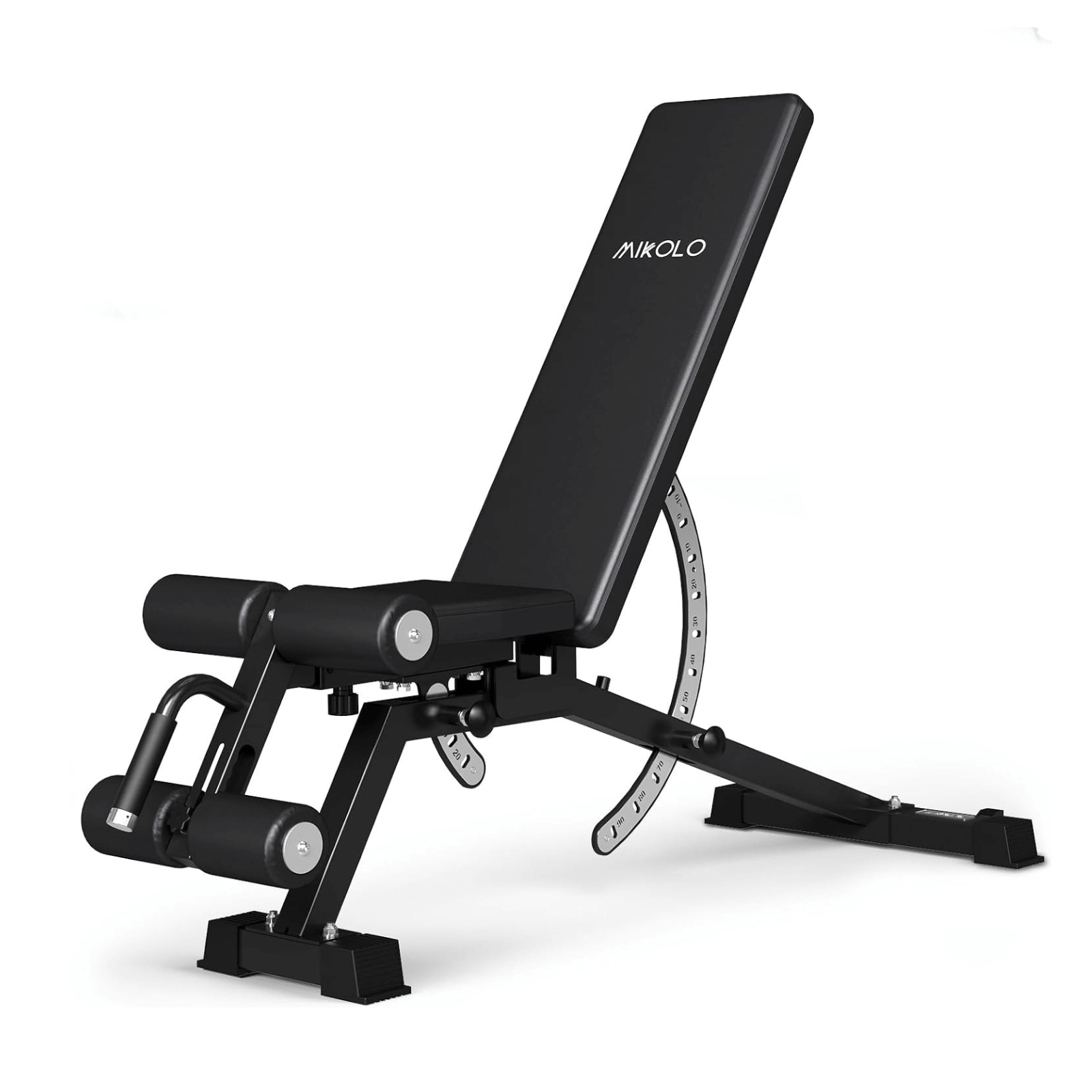




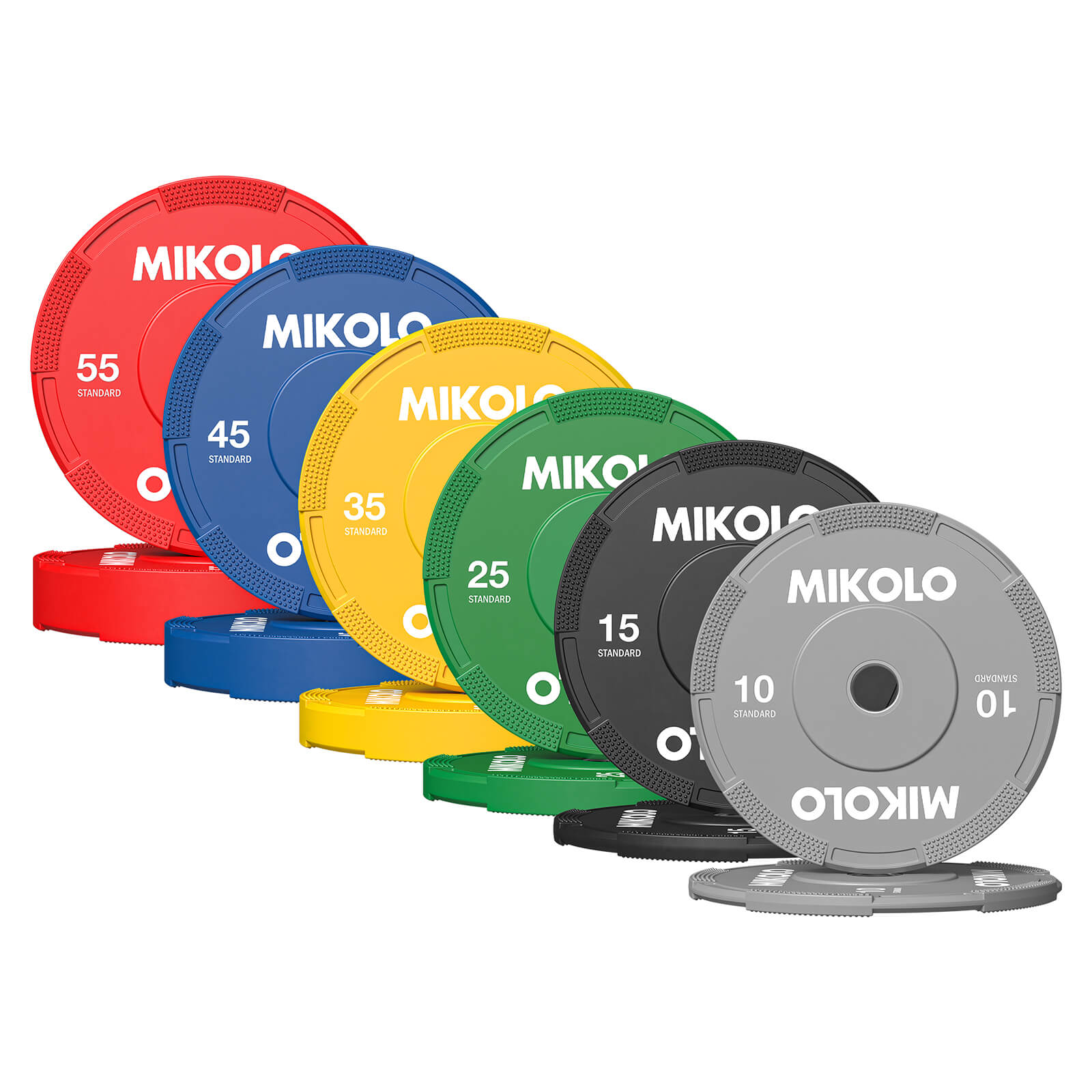
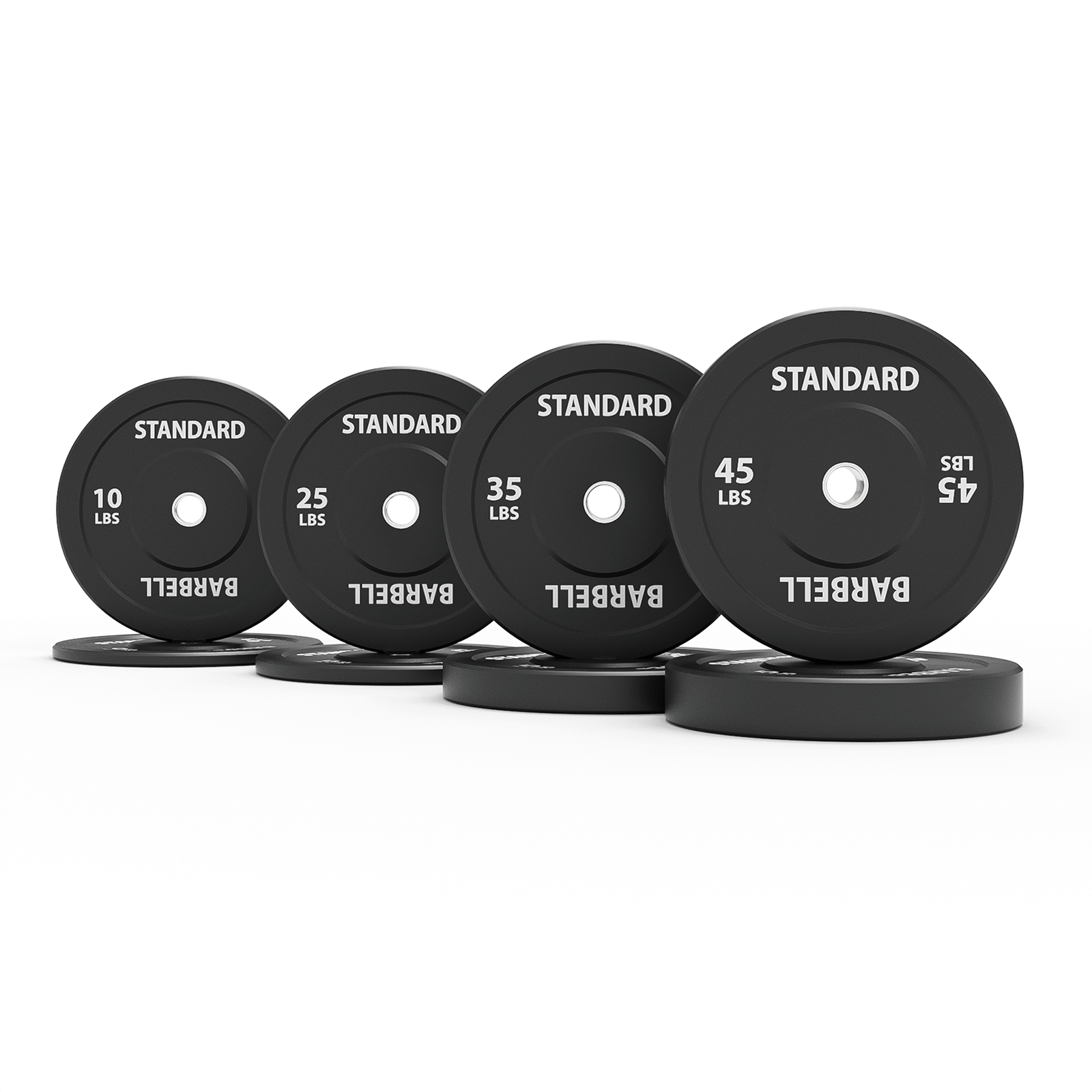
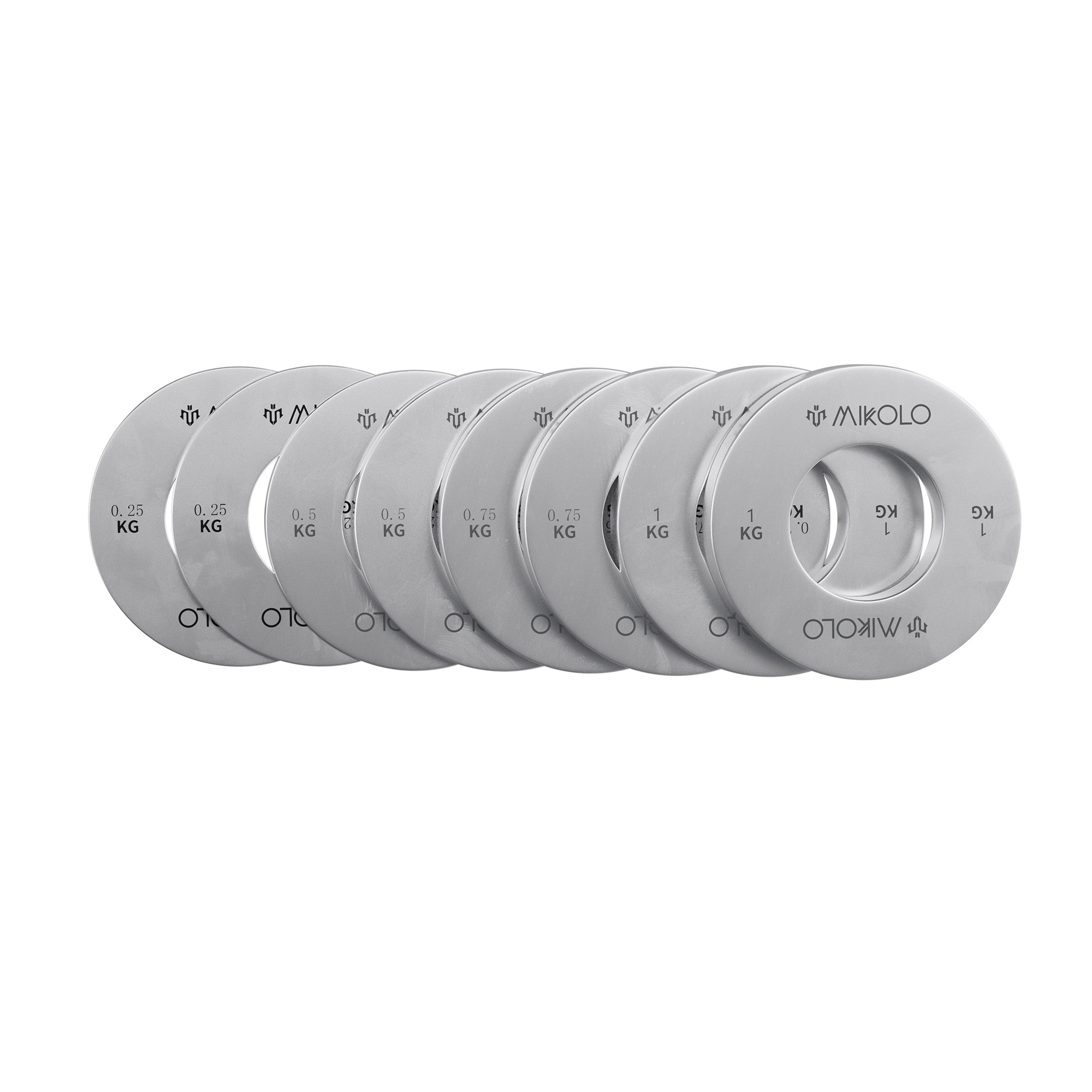
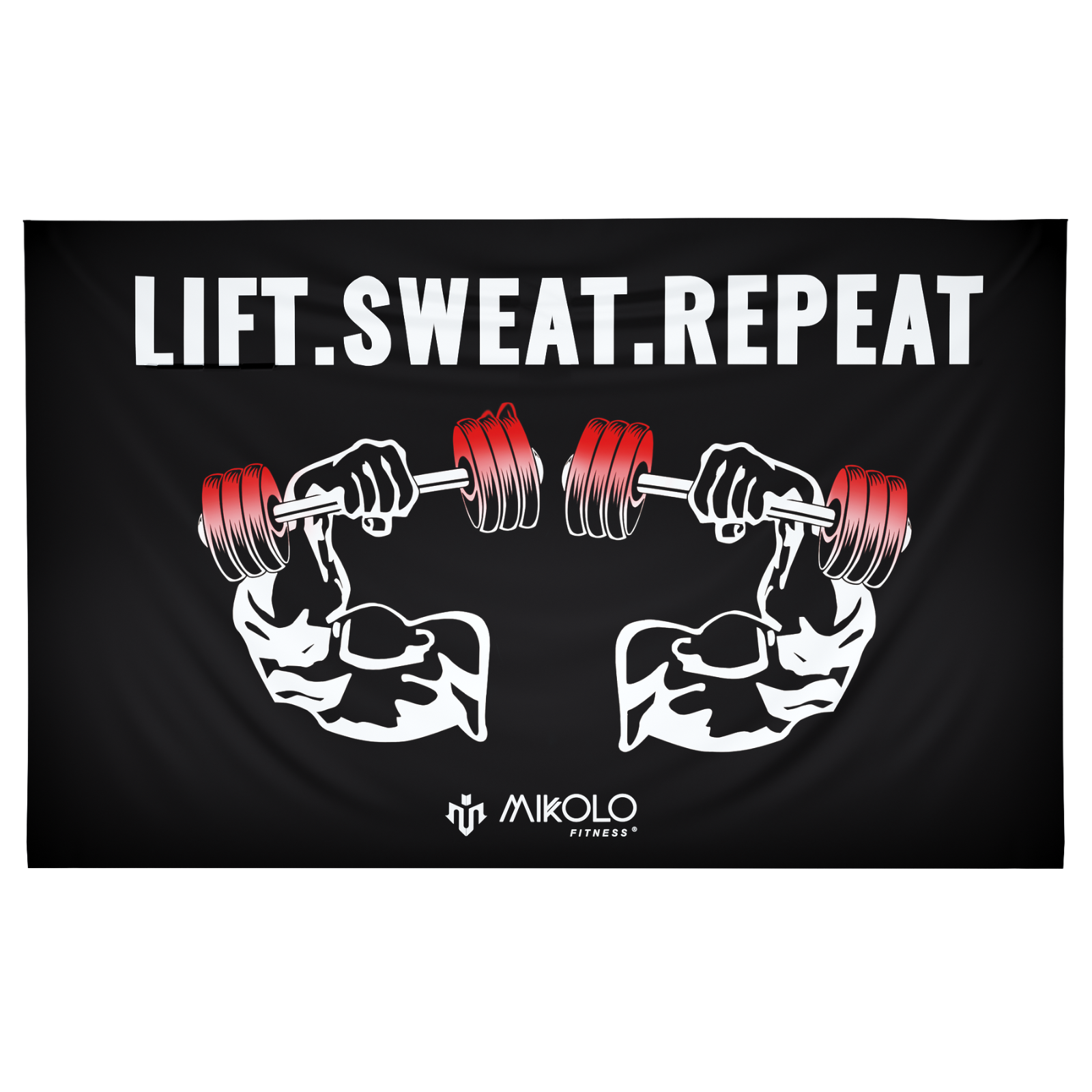
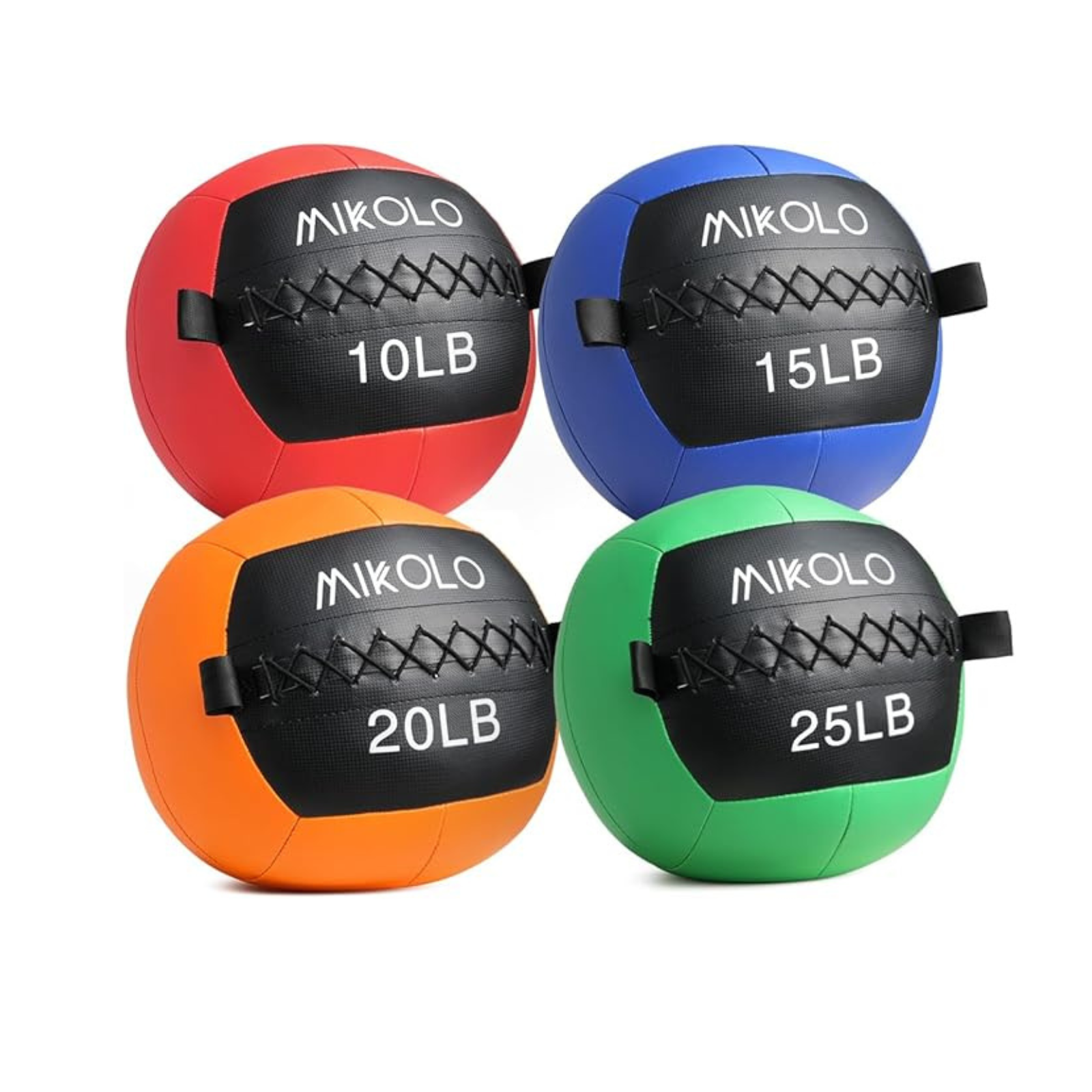
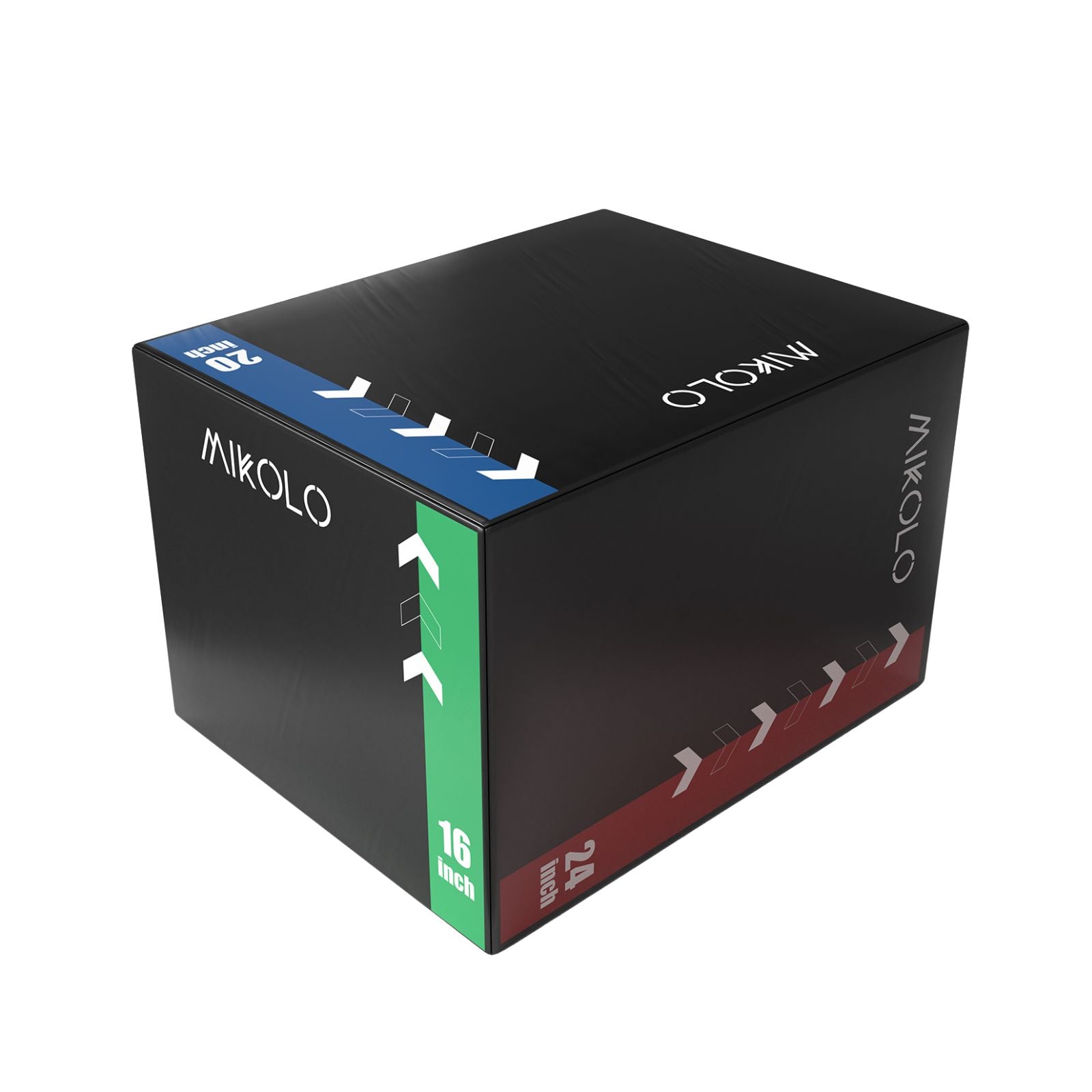

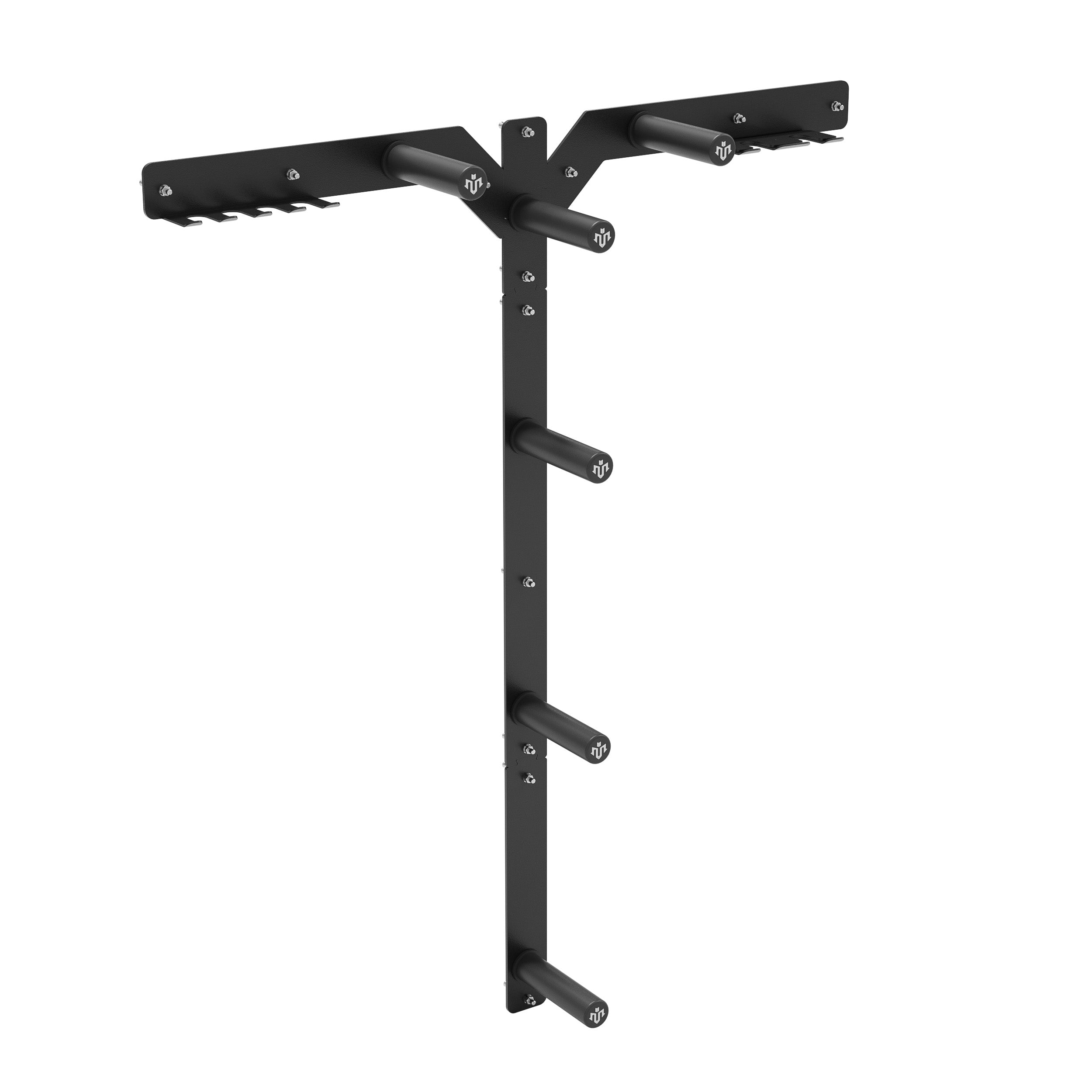




Leave a comment
This site is protected by hCaptcha and the hCaptcha Privacy Policy and Terms of Service apply.